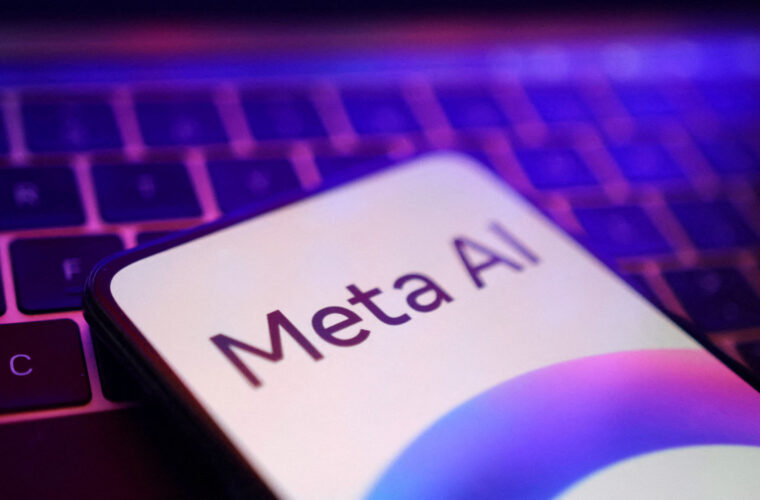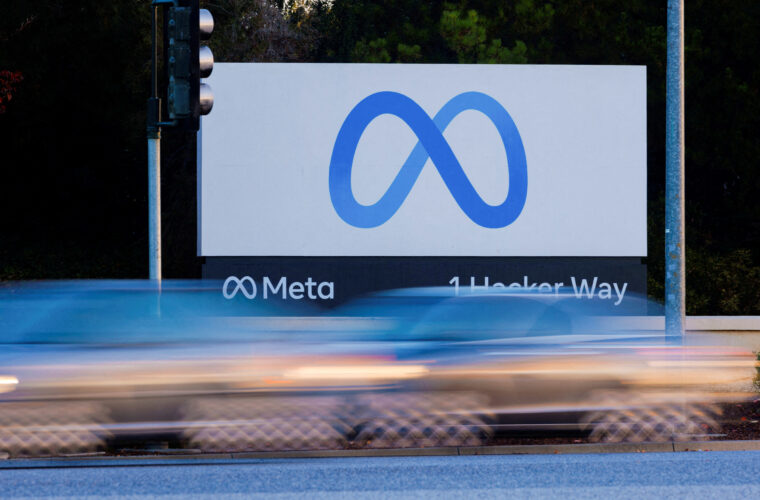Facebook versus Twitter: a decentralised social network for those unhappy with Musk
Twitter loses users; Meta aims to steal them. The summary explains well why Mark Zuckerberg launched P92, the project shrouded in mystery and under development in Menlo Park’s laboratories to create a social network combining text, images and clips, just like the world’s most famous microblogging site. Caught between the huge investments for the development of the metaverse and the new race towards artificial intelligence, Meta has chosen to try its hand at a text-based social network, a missing element in the ecosystem that counts Facebook, Instagram and WhatsApp.
An opportunity to exploit
“We are thinking about a decentralised stand-alone social network for sharing text content, because we believe there is an opportunity for a separate space where creators and public figures can share updates that pertain to their interests,” said Seine Kim, spokesperson for Meta. Here’s the crux of the matter: the cracks in Twitter, which according to several analyst firms, is struggling to grow and risks ending the year with a reduction in active users (-4% according to Insider Intelligence), open up an opportunity not yet seized by others. The proof is the difficulty of finding equally valid, effective and populated platforms by those who left Twitter after Musk’s arrival. Mastodon, BeReal, and the more recent Bluesky, conceived by Jack Dorsey, are small realities, united by their similarity to Twitter but distant in numbers and capacity for involvement.
Meta is therefore sniffing at an opportunity, even if the decision to focus on a decentralised social network is surprising since putting control of the platform in the hands of users by taking it away from the company seems far from the reality of Meta and Zuckerberg’s vision. Therefore, the first question concerns how the decentralised social network created by someone who has made his fortune from a social media managed in pursuit of corporate profit can be. Not that this is wrong, because although Meta is a global giant with billions in business, it remains a company that has to answer to the interests of its investors. Returning to the technical aspect, P92 will use the ActivityPub protocol, the same as Mastodon, although for now, Meta has yet to explain how it intends to develop distributed network management controlled by multiple servers.


Short messages and interweaving with Instagram
According to Alessandro Paluzzi, a researcher and social media expert, the project codenamed P92 is called Barcelona and traces the functionality of Twitter, starting with the predominantly textual feed, with the possibility of writing posts of up to 500 characters. An idea that is anything but new at Meta, since towards the end of last year, Instagram launched Notes, which allows only 60 characters to be written, to be shared with friends in the Messages section. It is not only this similarity that binds P92 and Instagram, since through the credentials of the photo and social app, it will also be possible to access the social network, which Meta intends to entrust to Adam Mosseri, who has been in charge of Instagram since October 2018.
From what Meta has communicated so far, the social network will be a land of conquest for influencers and creators, so much so that its development is handled by the internal division that supports those who create content for Menlo Park’s platforms. Without wishing to think badly, however, while waiting for Zuckerberg to dispel any doubts, it remains difficult to imagine how a decentralised social network, a symbol of Web 3.0, could find itself swimming in the same pool as Instagram and Facebook, two of the main emblems of digital capitalism.



